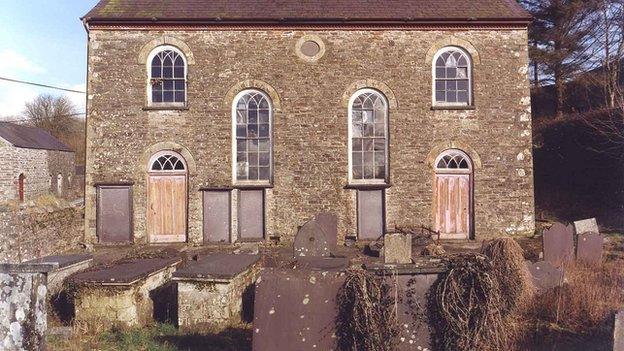Dylan Thomas centenary: Exploring the poet's New York
- Published
Eddie Brennan has fond memories of the Welsh poet and how he 'liked to drink'
A century on from the birth of Dylan Thomas, one of Wales' literary greats, a festival celebrating his life gets under way in the town which inspired much of his work.
Thomas's work was heavily influenced by the picturesque town of Laugharne in west Wales in the time he lived there and by the experiences of his childhood spent in Swansea and New Quay in Ceredigion.
He was the son of a teacher and a seamstress and, along with his sister, had a sheltered upbringing in the suburbs of Swansea.
But his writing skills soon became evident and as an adult, he became a talented poet with a reputation as a hard drinker who lived a bohemian lifestyle.
And when he was invited by poet John Malcolm Brinnin to read some of his work to audiences in New York after building up a considerable following stateside, he embraced the party lifestyle of the city during his first visit there in 1950.
Over the next three years, he made another three trips to New York enjoying, with gusto, the way of life it offered him.
But it was during a trip to New York in 1953 where the poet fell gravely ill and died.
Reporter Tomos Morgan has explored the life the poet led thousands of miles from his west Wales home during his New York visits.
-
White Horse
×
A popular drinking haunt for writers and artists during the 1950s and 1960s, Dylan Thomas was a frequent visitor to this pub.
In the days leading to his death he drank heavily in the White Horse, despite complaining of feeling unwell. He had returned from the White Horse the day before he fell into a coma after suffering breathing difficulties, and was quoted as saying: "I've had 18 straight whiskies. I think that's the record!"
-
Cherry Lane Theatre
×
On his second visit in 1952 to the oldest off-Broadway theatre in New York, Thomas performed a special reading of his work. The show nearly had to be cancelled after he claimed to have lost his copy of the poems. However a replacement was found and the show went ahead.
-
92Y Theatre
×
Thomas’ play Under Milk Wood premiered on the stage in the Kaufmann Concert Hall at 92Y on 14 May 1953. He took on many of the parts himself, including 1st Voice and the Reverend Eli Jenkins, in front of a 1,000-strong audience. This is said to be the only known recorded performance of the play with Thomas as part of the cast.
-
Chelsea Hotel
×
This12-storey hotel with 220 rooms had a reputation for attracting artists, writers and musicians with its bohemian vibe. Thomas frequently stayed here during his American tours. It was here that he fell critically ill and he was taken from here to hospital, where he failed to come out of a coma. The hotel has now closed and the site has been bought by a developer.
-
Minetta Tavern
×
Another favourite drinking haunt for Dylan Thomas. It attracted many poets and writers including Ernest Hemingway, Ezra Pound and E E Cummings.
"I have no idea what on earth I am doing here in the very loud, mad middle of the last mad Empire on earth... "
Those were the words of Thomas, who in writings back to his family, detailed the scale of the city which delighted and frightened him in equal measure.
He described it as the "city of towers", and standing in the middle of Times Square, surrounded by the gleaming neon lights and imposing skyline, I find it hard not to be stunned by the scale of this city.
Aside from being situated on a coastline, similarities between the small town of Laugharne and the metropolis of New York City are hard to come by.
Space is a commodity here, but it's a given in west Wales.
The Swansea writer travelled to New York four times in the 1950s after being invited by fellow poet John Malcolm Brinnin.
During his visits, Brinnin acted as a promoter for Thomas as he toured the city and grand academic institutions, such as Harvard, lecturing and reciting his work.
Now during a year of celebrations to mark the centenary of his birth, I have come to visit some of the venues that have become a rich part of his history.
I start with the Dylan Thomas walking tour led by fellow Welshman Ianto Roberts.

Work
Thomas met directors at the theatre for talks over a possible acting role
Our first stop is Cherry Lane Theatre, external, a small literary draw in south Manhattan "off-Broadway".
It is now home to some of the first works by TS Eliot and celebrated actors including Gene Hackman and Harvey Keitel are among the famous names to have trodden its boards in its 90-year history.
Thomas performed a reading here on his second visit to the city in 1952, but the show was almost cancelled when he said he lost his notes.
Fortunately a friend came forward with a replacement at the last minute and he performed.
Next we take a 15-minute taxi journey to Uptown Manhattan, to a theatre where Wales' famous poet found a much bigger audience.
Under Milk Wood was showcased at New York's 92nd Street Y theatre
The 92nd Street Y, external auditorium is decorated with grand wooden panelling and the names of literary greats including William Shakespeare and Johann Wolfgang von Goethe are displayed on its walls.
But sadly there is no room for the Welshman.
Thomas performed here a number of times, but it was during his third and final tour in 1953 and with the showcasing of his most famous work, Under Milk Wood, that he made the most impact.
US poet and playwright EE Cummings was present that night and is said to have walked aimlessly around the city after the reading, needing to reflect upon Thomas's words.

Play
The Minetta Tavern was one of Dylan Thomas's regular drinking haunts
But it was at our next stop in the bohemian Greenwich Village, toward the south west of Manhattan, where Thomas felt most comfortable.
He spent many evenings, and often daytimes too, socialising at the Minetta Tavern, external.
Its decor is almost exactly as it would have been back in the 1950s, with a saloon style bar and chandeliers on the ceilings.
And a few blocks north is perhaps his most famous city haunt, the White Horse Tavern, which has a room adorned with plaques and pictures dedicated to the poet.
Co-owner Eddie Brennan shared a few drinks with the Welshman 60 years ago and reminisces on Thomas's ability to strike up a conversation up with anyone.
Whether it was with his artistic contemporaries or a group of New York truckers, he was as at home here as he was with the people back home in west Wales.
"He was two different people. He had his literary people and he had [the things in his] life. Which is what I think he liked - to be out with many people," Mr Brennan said.
"I would think he was seen as a New Yorker because he thought as a New Yorker. He fell into the New York way of life. I think [he liked] the freedom to do what he cared to do and speak his piece."

Rest
Playwright Melisa Annis "feels on top of the world" on the roof of the Chelsea Hotel
Thomas stayed at a number of places during his visits to the city, but found himself at home in the popular Chelsea Hotel.
Over the years the hotel has played host to other greats such as musician Bob Dylan and US poet Allen Ginsberg.
But it is also where Thomas's American tale eventually came to an end.
On his final trip to New York, the poet had been complaining of illness but insisted on continuing his tour.
Despite suffering from a chest complaint he continued to work and to socialise.
On 5 November 1953, after boasting of drinking 18 whiskies at White Horse Tavern, Thomas walked back to room 202 at the Chelsea.
His breathing difficulties had worsened and a doctor was called who administered medication to the poet.
However hours later Thomas fell into coma which he never woke up from.
He was taken to St Vincent's Hospital where he died on 9 November. His body was brought back to Laugharne by his widow Caitlin and he was buried in the town's St Martin's Church graveyard.
New York is a place that has so much history, it is hard to imagine what impact a young man from Swansea could have had.
But walking in his footsteps 100 years after his birth, it is evident that Dylan Thomas continues to influence and inspire not just back in the UK, but those too in his "city of towers".
Thomas described New York as the "very loud, mad middle of the last mad Empire on earth"
- Published26 April 2014
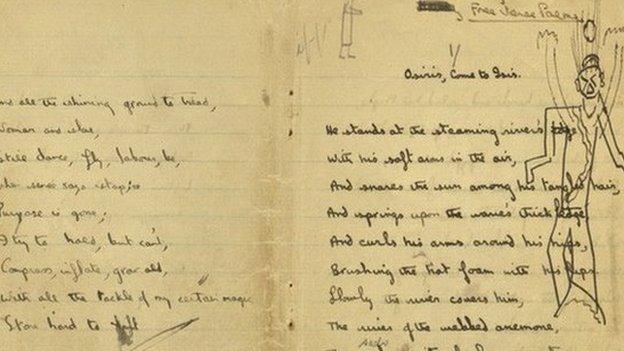
- Published17 April 2014
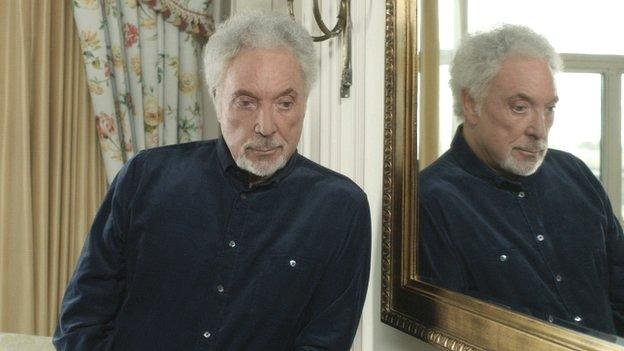
- Published5 April 2014
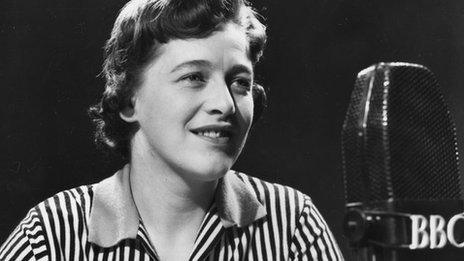
- Published14 April 2014
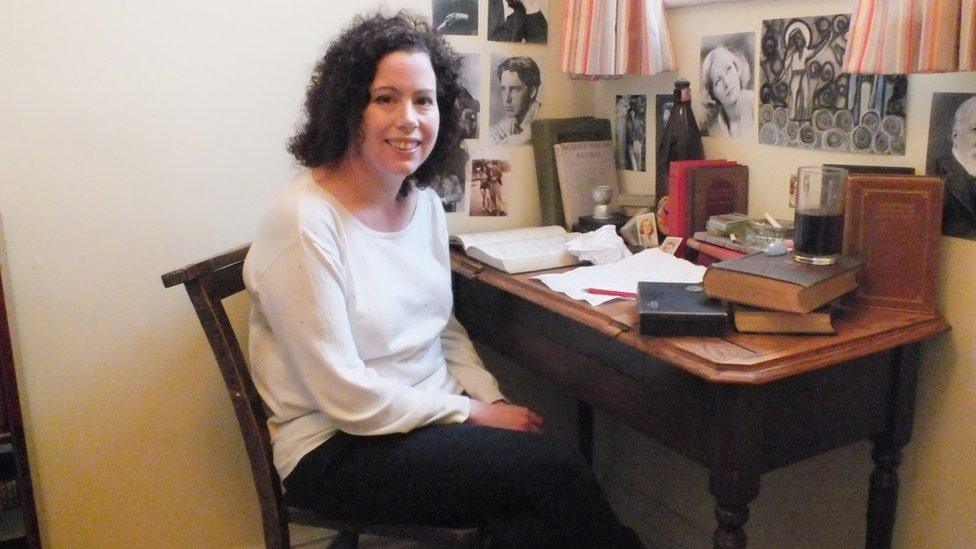
- Published4 April 2014
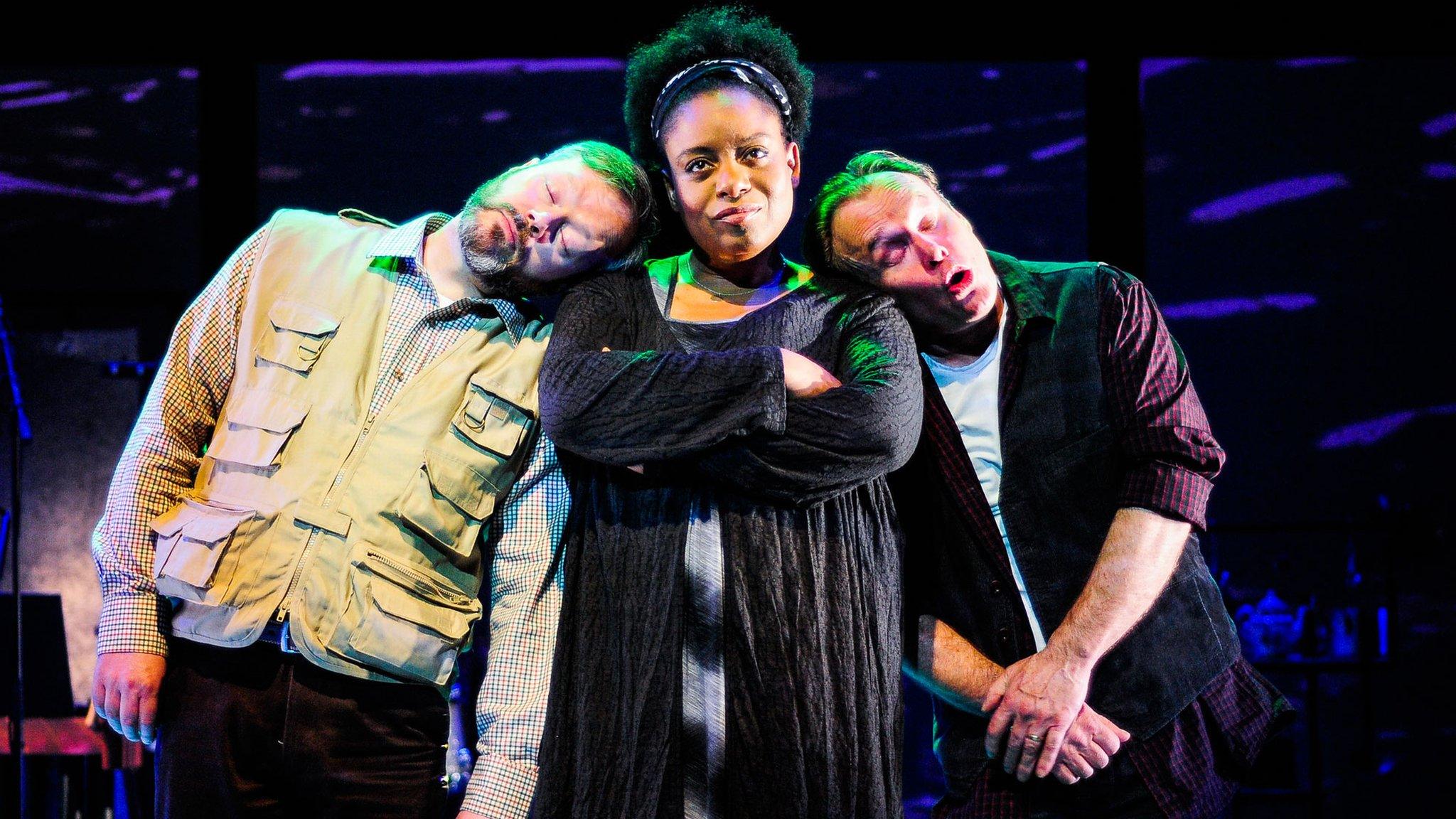
- Published10 April 2014
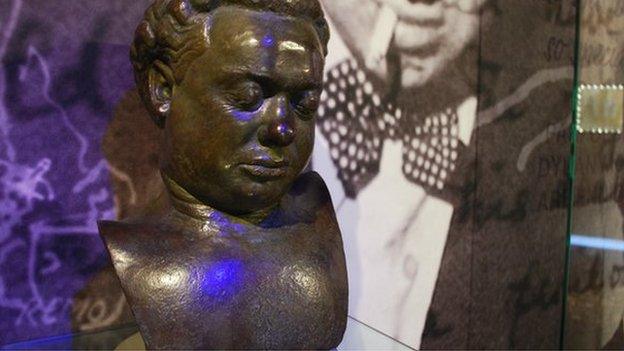
- Published14 February 2014

- Published23 March 2014
